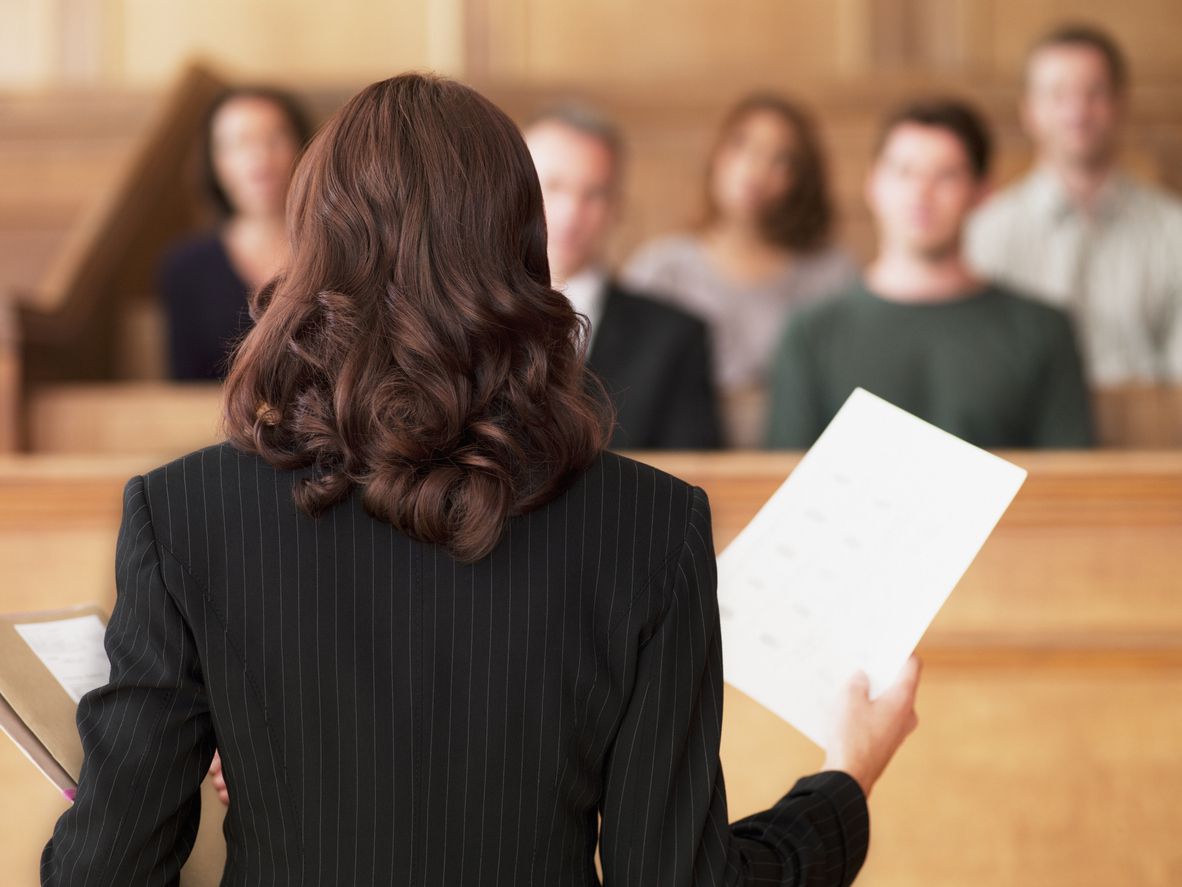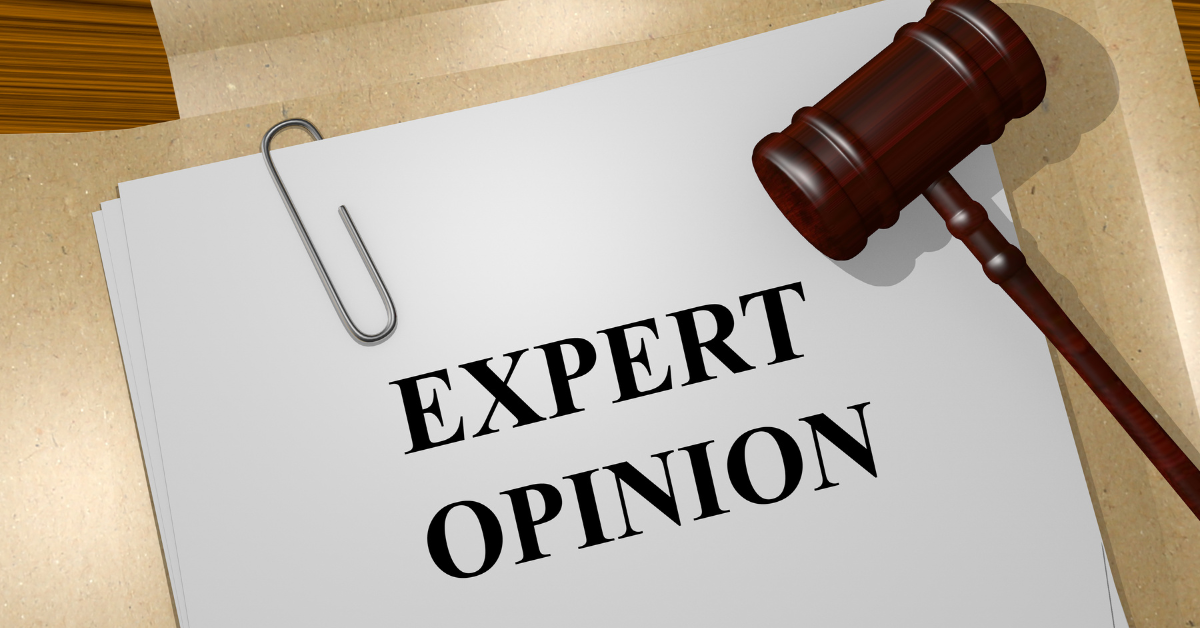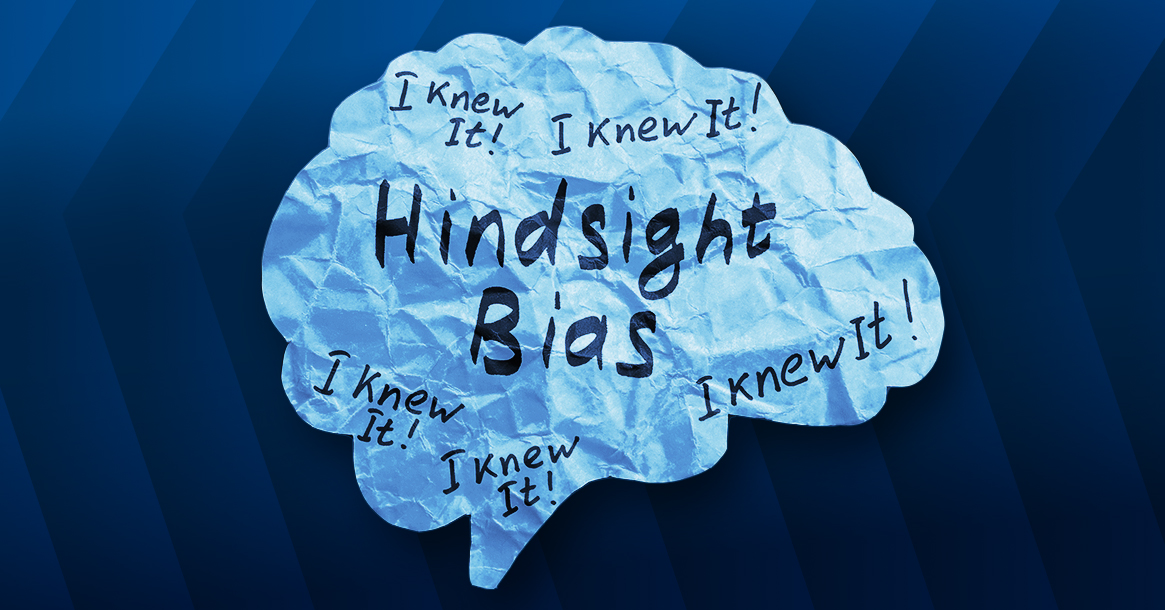The use of video surveillance of a plaintiff in front of a jury can be a two edged sword – done properly it can “seal the deal” for defendant’s case, but if done improperly it can fuel a jury’s ire against a defendant, effectively sealing the defense’s own fate. Based on our experience with actual and mock trials containing surveillance video evidence, potential risks and benefits have emerged consistently in post-trial juror interviews and mock juror deliberations. The following is a summary of the most important of these findings:
Potential Risks:

- It can be seen as intrusive. The plaintiff is trying to get back to normal everyday life and cope with his or her “injury,” and a private investigator is lurking in the bushes with a video camera trying to make a “victim” of an injury look dishonest. It can offend jurors.
- It is “spying” on the unfortunate victim (by the big powerful defendant), and despite the fact that the plaintiff has filed a lawsuit, it can appear as an “invasion of the plaintiff’s privacy.”
- It doesn’t rule out “all” explanations of purported conduct; the plaintiff might not really be doing what the video tape purports to show.
- Subjective pain of plaintiff trumps the objective view of video. In other words, people sometimes do things they shouldn’t do – even against doctor’s orders – and just bear the pain. They have to go on with life despite this injury and they have to figure out how to function. Sometimes that simply means “dealing with the pain,” and doing things you shouldn’t do, despite the pain.
- If it is inconclusive you risk supercharging plaintiff-oriented jurors, i.e., “The defense is going to all this effort; calling this victim a liar, just to avoid paying money.”
- Good Day/Bad Day Effect – some injured people have “good days” and “bad days.” On the good days, they might be able to do things they otherwise wouldn’t normally be able to do.
Illustrative Juror Quotes
- “I have been asked in a company setting to spy on other employees and do unethical things and I have a problem with this sort of behavior. I put all this aside, but it drove me crazy.”
- “I don’t think the video was very convincing because it was only fifteen minutes and I know people with back injuries who are able to do things, maybe not just for long periods of time.”
- “Just because he was being active in that surveillance video doesn’t mean he wasn’t in pain.”
- “There was gray area in regard to the surveillance video; it never showed whether he had an injury or not.”
- “The video wasn’t strong enough to convince me of his lack of pain.”
Potential Benefits:
- A picture worth a thousand words – a video is worth a thousand more. Jurors remember what they see more than what they hear and if what they see specifically contradicts the plaintiff’s claims, it is a powerfully impactful tool to solidify defense jurors’ entrenchments and potentially persuade jurors predisposed to supporting the plaintiff that maybe the plaintiff is gaming the system.
- It is more straightforward evidence than all the “talking evidence” or the competing experts’ opinions (who often times cancel each other out in jurors’ minds). Surveillance video can eliminate jurors having to rely on the interpretations of each adversary; they are now de facto “eye witnesses.”
- If the plaintiff truly were injured, he/she would never attempt any activity that would prolong or cause further injury. Video of a plaintiff performing potentially harmful activities can negate the severity or legitimacy of the claims.
- Jurors can see surveillance as a valid tactic because the plaintiff knows he or she is in litigation and once a plaintiff files a lawsuit, all bets are off with respect to “privacy.”
- Surveillance video can “win the case,” in the right context and with the right set of jurors. It is objective “hard evidence” proving that the claims are exaggerated or that the lawsuit is “frivolous.”
Illustrative Juror Quotes:
- “Once we saw the video the case was over.”
- “He wouldn’t drive his grandchildren around in a suburban if he really had brain damage like he claims he has, and the parents surely wouldn’t allow it.”
- “The surveillance videos were very damaging to the plaintiff’s case. The video of the garbage and the video of him taking the lid off the whisky bottle showed that the plaintiff really wasn’t injured.
- “The video of the plaintiff driving the car showed he wasn’t injured.”
- “The surveillance tape contradicted the plaintiff’s own experts.”
- “There was too much contrast in the plaintiff’s deposition and the surveillance videos.”
Guidelines:
Based on interviews with actual jurors and observations and discussions with mock jurors, we have learned that the following guidelines can serve to bolster the effectiveness of surveillance video and guard against a juror backlash.
- Specific is better – Do not show prolonged views of plaintiff doing things other than acts specifically related to injury claims.
- Use a “check-off” list – Plaintiff claims he can’t bend at the waist, show surveillance video clip of plaintiff bending at the waist; plaintiff says he can’t lift over 25 lbs., show clip of plaintiff carrying boxes (e.g., floor tile with weight 40lbs. on side of box), etc. Have an electronic check-off list or a trial board with check boxes and tick each claim off as they are disproved by the objective evidence.
- Do not over-sell it in the case presentation – If the defense plays the surveillance up too much prior to showing it, jurors’ expectations will increase, causing the surveillance to be anti-climactic and ineffectual.
- Let the jurors get it on their own – Sell it objectively and almost apologetically and do not gloat, i.e., “wait until you see this…” Instead you were “forced to do it” because plaintiff is asking for millions of dollars and you have a duty to investigate the claims – plaintiff gave you no choice.
- Don’t share it with the jury unless it’s 80 percent definitive – While “definitive” is subjective in the abstract, it can and should be tested via mock jurors who represent (attitudinally and demographically) the jurors in the trial venue.
- Save the surveillance for the end – If the defense does catch the plaintiff doing something he or she “cannot do,” save it until late in the case. It’s much more powerful to say, “We feel we have proven our case but in case you have any doubts we need to show you this.” Showing it late makes it look like the defense is confident they should win even without the video and makes the plaintiff appear to have been lying the whole time.
- Do not put all your eggs in the surveillance basket – If plaintiffs have seen the video and are still willing to put on their case, something does not add up.
- Be aware of your own confirmation bias – People favor information that confirms their beliefs or hypotheses. This applies to all human beings – including attorneys. You want the video to tell a specific story and therefore it tells that story to you. Don’t assume the jury will feel the same way.
- Voir Dire – Design voir dire and jury selection strategies to eliminate jurors potentially averse to the notion of video surveillance.
Conclusion: Surveillance video can be your best friend or your worst enemy. Remember: perception is everything, i.e., it is more than the objective video that makes the difference – it is the subjective interpretation of the video by the jurors that influences the ultimate impact of the surveillance. The vagaries of trial, the judge’s rulings, the luck of the draw for the venire etc. can greatly influence the effectiveness of and juror reaction to surveillance video. The same video can confirm that the plaintiff’s case is a farce and that he doesn’t deserve a dime or that the defendant is a bully and deserves to be punished. Thus the decision to use surveillance video at trial must not be taken lightly. When used, adherence to the above guidelines will enhance the likelihood of success at trial.

Be confident in achieving superior litigation outcomes. CSI has the expertise, track record, and capabilities to help you win.



